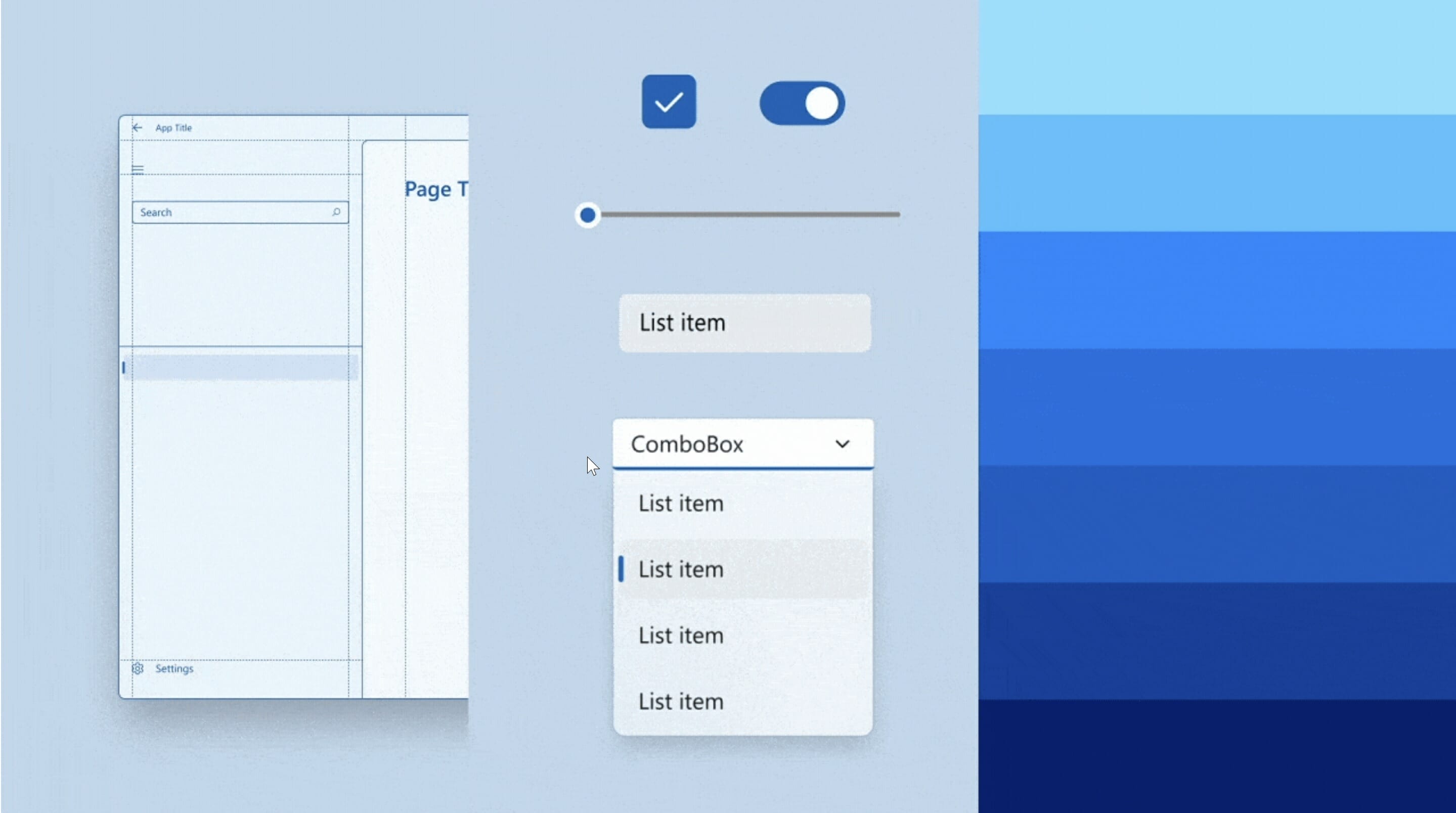
- #WINDOWS TERMINAL DOWNLOAD FOR WINDOWS 11 INSTALL#
- #WINDOWS TERMINAL DOWNLOAD FOR WINDOWS 11 UPDATE#
- #WINDOWS TERMINAL DOWNLOAD FOR WINDOWS 11 PATCH#
- #WINDOWS TERMINAL DOWNLOAD FOR WINDOWS 11 DOWNLOAD#
#WINDOWS TERMINAL DOWNLOAD FOR WINDOWS 11 INSTALL#
This command will install the zsh shell, then we can install oh-my-zsh which is zsh on steroids.
#WINDOWS TERMINAL DOWNLOAD FOR WINDOWS 11 UPDATE#
Open the Windows Terminal (if you haven't it open already) and run the following command: sudo apt update & sudo apt install zsh -y The next thing we need to do is installing the zsh shell in our WSL. Now every time we run the terminal, the default profile will be the WSL one. Paste the WSL guid inside the defaultProfile setting.Scroll down to find the guid for the WSL.We can change the default profile by opening the terminal menu (press the down arrow) and select settings. Since I am going to be using WSL all the time, I want this to be the default. When you run the Windows Terminal, you can see that the Terminal opens the Windows PowerShell by default.
#WINDOWS TERMINAL DOWNLOAD FOR WINDOWS 11 DOWNLOAD#
You can also download the Windows Terminal from the Microsoft Store. You can read more about the features of the Windows Terminal on the official documentation website. Its main features include multiple tabs, panes, Unicode and UTF-8 character support, a GPU accelerated text rendering engine, and the ability to create your own themes and customize text, colours, backgrounds, and shortcut key bindings.

Windows Terminal is a modern terminal application for users of command-line tools and shells like Command Prompt, PowerShell, and Windows Subsystem for Linux (WSL). It also comes with integrated support for the Windows Subsystem for Linux, Windows Powershell, Azure cloud shell and the Command Prompt. The terminal itself it's pretty good and allows you to have different tabs on it.

If the settings file for the app preview is empty when launching, the file will start as a copy of Windows Terminal’s settings.įurthermore, color schemes now accept “magenta” and “brightMagenta” in place of “purple” and “brightPurple,” and the terminal project now uses a single coordinate type, a change that was a +3610, -3906 line diff(!).įinally, you can now use these keyboard accelerators for the shell extension: “T” for Open in Terminal, “P” for Open in Terminal Preview, and “D” for Open in Terminal. Windows Terminal now supports the DECPS escape sequence, allowing you to play sounds through the terminal.
#WINDOWS TERMINAL DOWNLOAD FOR WINDOWS 11 PATCH#
In addition, this releases the patch that prevented unexpected black backgrounds from appearing while PowerShell is running. And clearAllMarks clears all scroll marks in the text buffer. The clearMark clears scroll mark at the current position, either at a selection if there is one or at the cursor position. The scrollToMark scrolls to the scroll mark in the given direction. The direction parameter for scrollToMark accepts first, previous, next, and last. The addMark action has an optional color parameter that lets you set the color of the scroll mark. Otherwise, it’s placed in the cursor row. If there’s a selection, the mark is placed at the selection. The feature also introduces new options, including addMark, which adds a scroll mark to your text buffer. You can also add marks to buffer with the iterm SetMark sequence or with the addMark action.

“Esc” will exit mark mode, and “Ctrl + A” selects all text in the buffer. When in “mark mode,” you can use the arrow keys to move to the starting position, then you can hold the “Shift” key and use the arrow keys to make your selection.

Starting with the release, you can select content with the keyboard using the “Ctrl + Shift + M” keyboard shortcut.


 0 kommentar(er)
0 kommentar(er)
